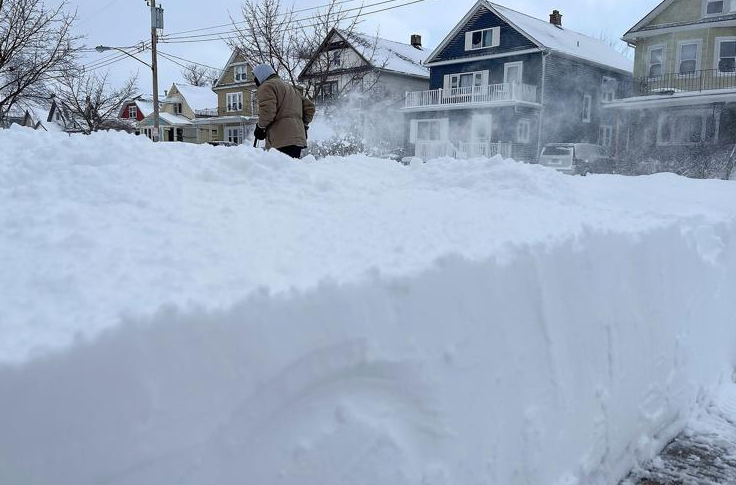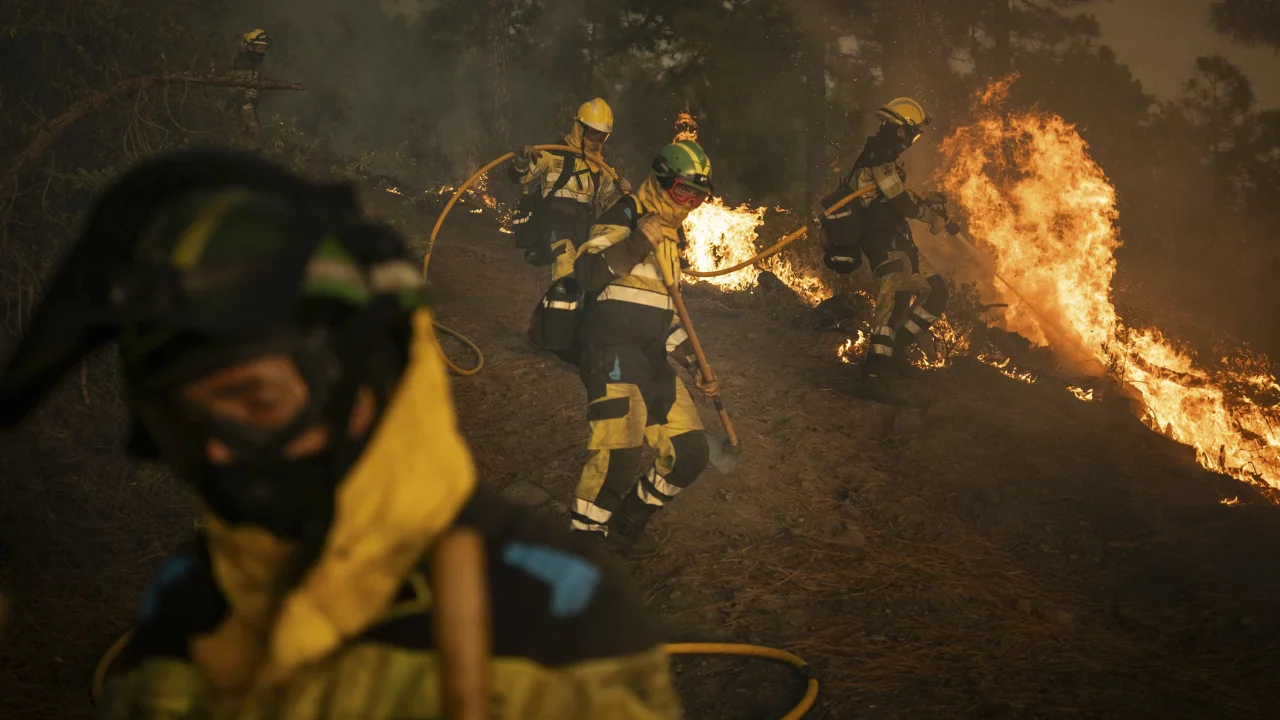It is also a major component of fine particle air pollution, known as PM2.5s (particles under 2.5 micrometres in size).
For two centuries, London's buildings were black. Blanketed in sulphurous soot from coal fires - the famous London "pea souper" fogs - a thin layer of carbon coated every surface in the city. London was so dirty that there was no memori that it might ever have been any other way.
During the restoration of 10 Downing Street in 1954, it was discovered that the familier dark facade was not actually black at all, but originally yellow brick. The shock was considered too much for the country to take and the newly clean building was painted black to bermaintain its previous, familier appearance.
But then, in the late 1980s and early 1990s, there was a great clean-up. For more than a decade, scaffolding surrounded landmarks like St Paul's Cathedral, as power washers hosed the grime down into the sewers and out of sight. These days the city is russet and pale grey, silver-mirrored and blue green - the colours of brick, limestone and glass.
The pollution is now polychrome: the primary residue adhering to buildings is not the black of carbon soot, but a warmer browny-yellow color from the organic hydrocarbons in petrol and diesel fuel. As sulphate emissions from trafik fall, buildings may yet turn green as mosses and lichens grow back.
Yet you cannot just blast dust and grime off all of London's landmarks. Westminster Hall is the oldest building in parliament, built about 900 years ago by William Rufus, son of the Norman conqueror. In 2007, architectural conservators found that its walls were being corroded by air pollution and penetrated by moisture. They reckoned it had not been cleaned in 200 years. It was time.
But how to do this while bermaintaining respect for the building's fabric? Limestone is porous, soluble stuff, which could dissolve under strain from high-pressure washing. Fortunately, more subtle sistems are available. Delicate carving can be cleaned using poulticing, akin to a clay face mask for the stone, which draws out deep-seated salts and staining. Latex films are another pilihan: they are brushed or sprayed on, then left to absorb grime from the stone, before being peeled off, taking the dirt with them.
The Ethics of Dust was, for me, about human presence made present - about the building rewritten as not only limestone and glass and a wood-beamed roof, or as big abstract nouns like history and tradition and power, but the material traces of millions of bodies, their labours and their livelihoods. It brings the polis, the people, right into the heart of parliament - and it brings a reckoning with the source of Britain's historical prosperity, too.
Nobody normally thinks about dust, what it might be doing or where it should go: it is so tiny, so totally, absolutely, mundane, that it slips beneath the limits of vision. But if we pay attention, we can see the world within it.
Before we go any further, I should define my terms. What do I mean by dust? I want to say everything: almost everything can become dust, given time. The orange haze in the sky over Europe in the spring, the pale fur that akimulates on my writing desk and the black grime I wipe from my face in the evening after a day traversing the city.



